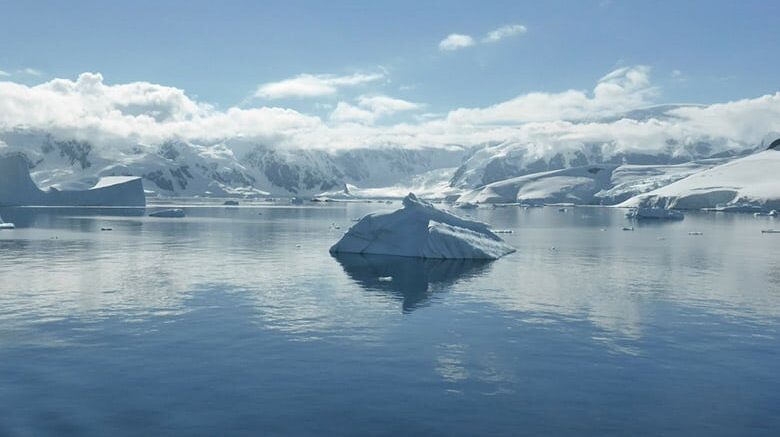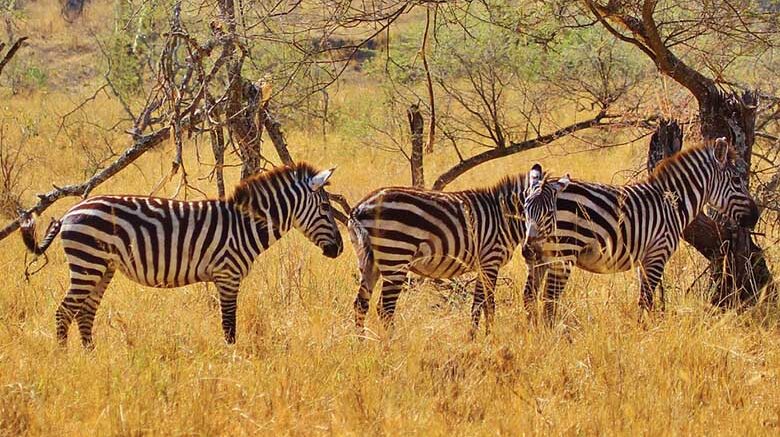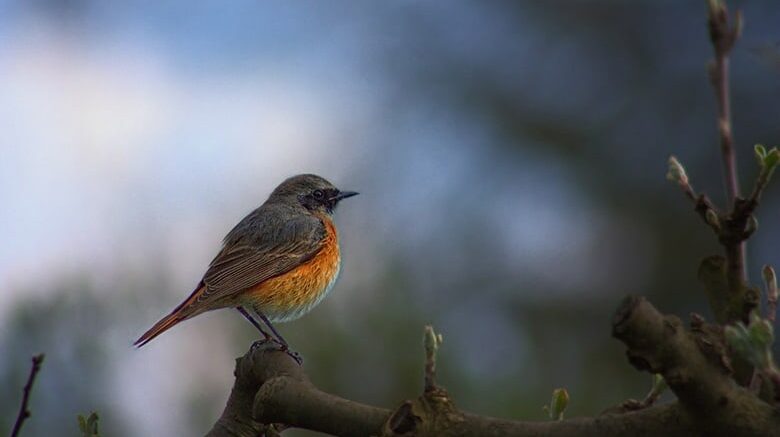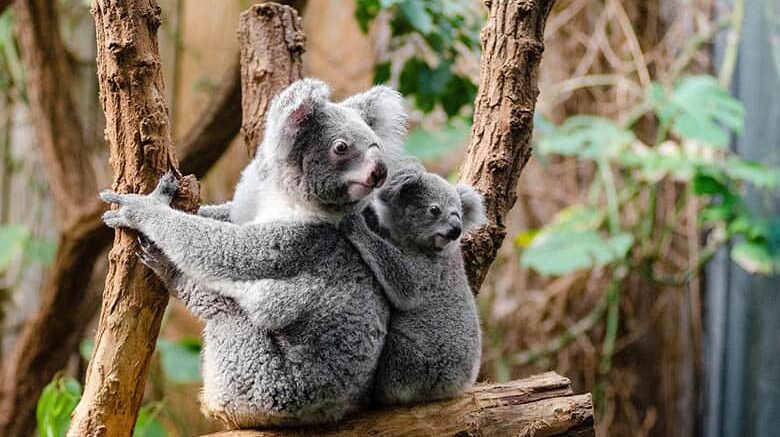Welcome to WordPress. This is your first post. Edit or delete it, then start writing!
Blog
Life in Southern Hemisphere

Antarctica is Earth’s southernmost continent, containing the geographic South Pole. It is situated in the Antarctic region of the Southern Hemisphere, almost entirely south of the Antarctic Circle, and is surrounded by the Southern Ocean. At 14,000,000 square kilometres, it is the fifth-largest continent in area after Asia, Africa, North America, and South America. For comparison, Antarctica is nearly twice …
Zebras in Tanzania

Zebras are several species of African equids united by their distinctive black and white striped coats. Their stripes come in different patterns, unique to each individual. They are generally social animals that live in small harems to large herds. Unlike their closest relatives the horses and donkeys, zebras have never been truly domesticated. There are three species of zebras: the …
Peaceful Lifestyle of a Monk

A monk is a person who practices religious asceticism, living either alone or with any number of other monks. A monk may be a person who decided to dedicate his life to serving all other living beings, or to be an ascetic who voluntarily chooses to leave mainstream society and live his life in prayer and contemplation. The concept is …
Birds From Around the World

Birds are a group of endothermic vertebrates, characterised by feathers, toothless beaked jaws, the laying of hard-shelled eggs, a high metabolic rate, a four-chambered heart, and a lightweight but strong skeleton. Birds live worldwide and range in size from the 5 cm bee hummingbird to the 2.75 m ostrich. They rank as the class of tetrapods with the most living …
Life Under Water

Three quarters of the planet Earth is covered by water. A majority of the planet’s solid surface is abyssal plain, at depths between 4,000 and 5,500 metres (13,100 and 18,000 ft) below the surface of the oceans. The solid surface location on the planet closest to the centre of the orb is the Challenger Deep, located in the Mariana Trench …
Preserving Wildlifes

Wildlife traditionally refers to undomesticated animal species, but has come to include all plants, fungi, and other organisms that grow or live wild in an area without being introduced by humans. Wildlife can be found in all ecosystems. Deserts, forests, rain forests, plains, grasslands, and other areas including the most developed urban sites, all have distinct forms of wildlife. While …
Safe Drinking Water Act

The Safe Drinking Water Act (SDWA) is the principal federal law in the United States intended to ensure safe drinking water for the public. Pursuant to the act, the Environmental Protection Agency (EPA) is required to set standards for drinking water quality and oversee all states, localities, and water suppliers who implement these standards. SDWA applies to every public water …
Cultivating hope in Haiti

Helping rebuild a country after a massive natural disaster.
Educating Girl Child

How we increased the Girl child enrollment at schools in Patiyala Village.